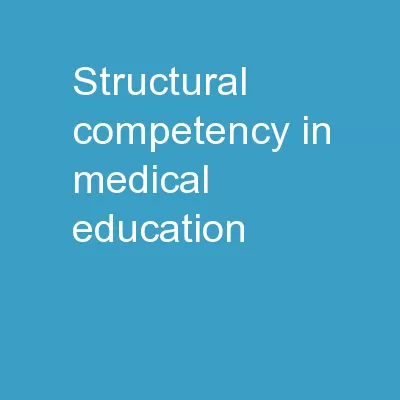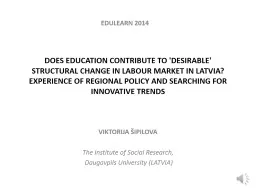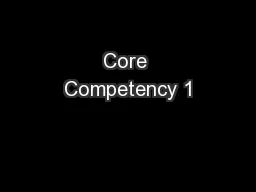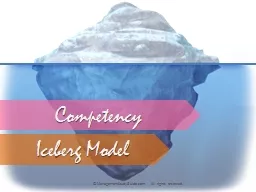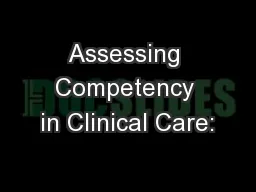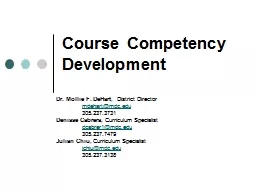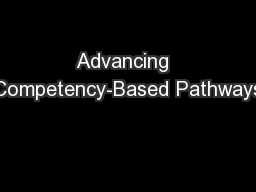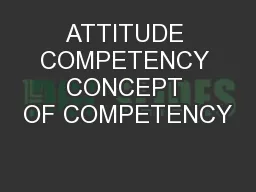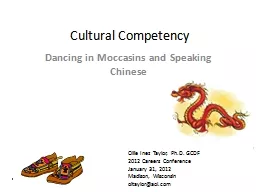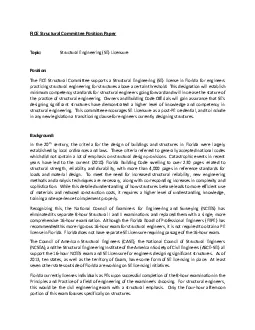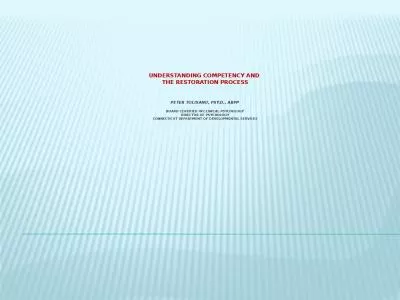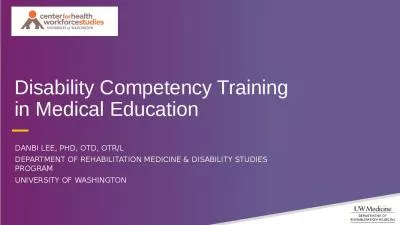PPT-Structural Competency in Medical Education
Author : phoebe-click | Published Date : 2019-03-13
For Students for a National Health Program SNaHP Summit on March 3 2018 By Matthew Musselman OMS III TUCCOM and on behalf of the Structural Competency Working
Presentation Embed Code
Download Presentation
Download Presentation The PPT/PDF document "Structural Competency in Medical Educati..." is the property of its rightful owner. Permission is granted to download and print the materials on this website for personal, non-commercial use only, and to display it on your personal computer provided you do not modify the materials and that you retain all copyright notices contained in the materials. By downloading content from our website, you accept the terms of this agreement.
Structural Competency in Medical Education: Transcript
Download Rules Of Document
"Structural Competency in Medical Education"The content belongs to its owner. You may download and print it for personal use, without modification, and keep all copyright notices. By downloading, you agree to these terms.
Related Documents

